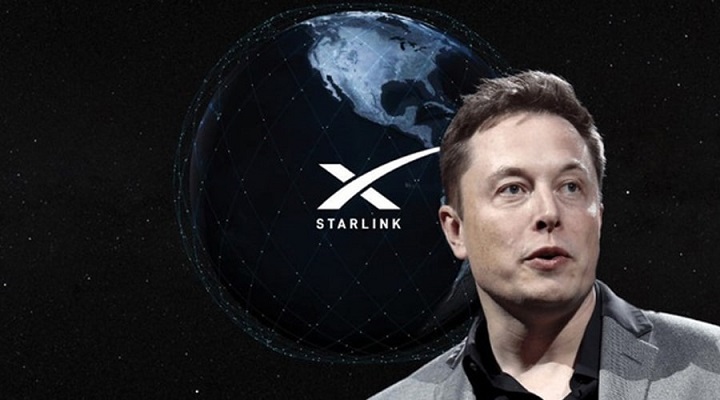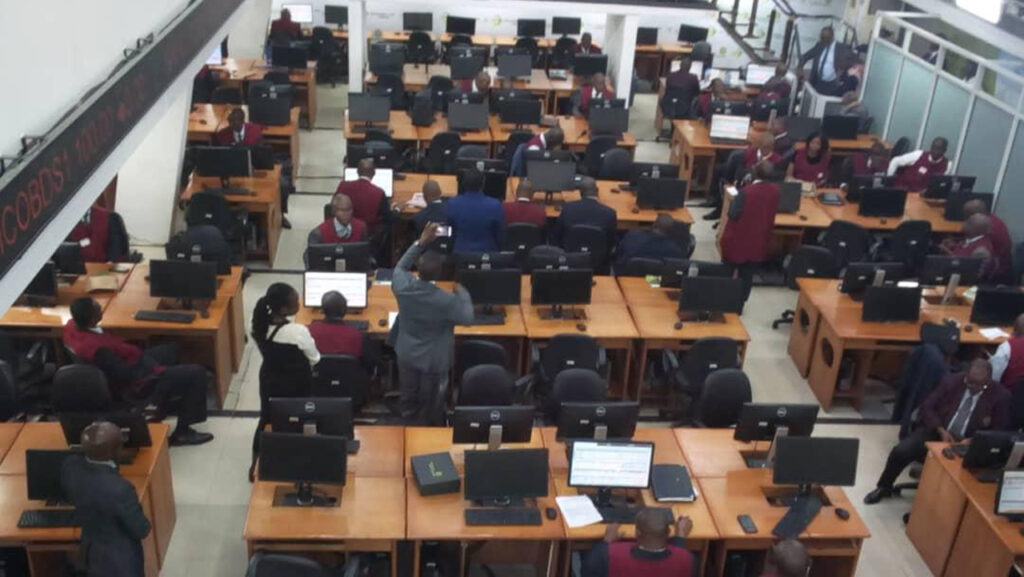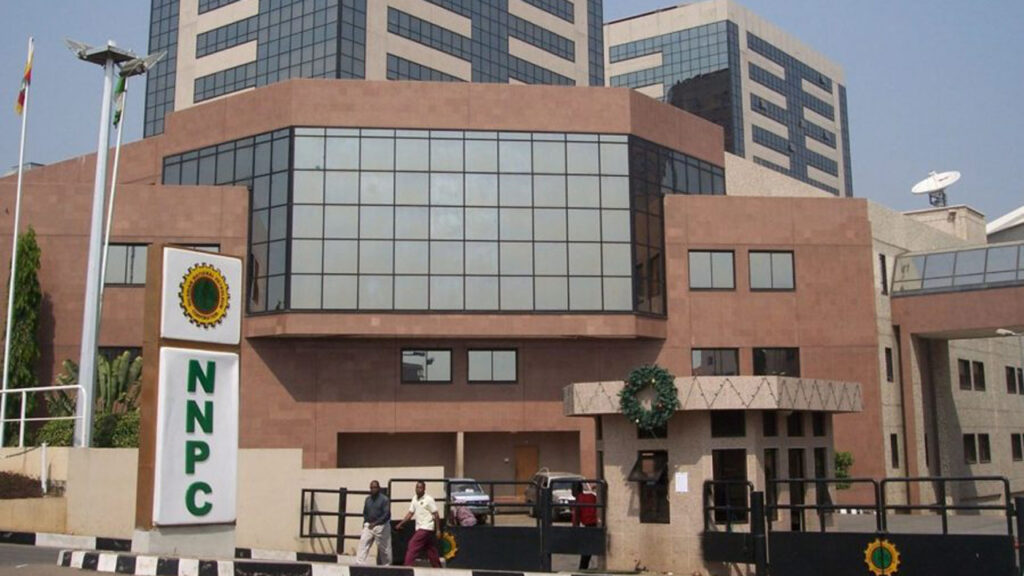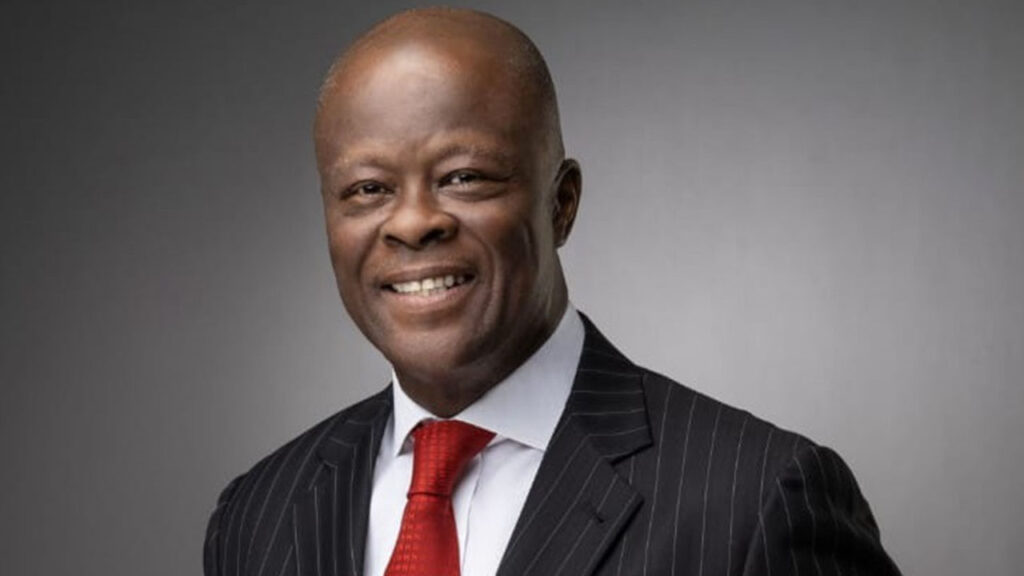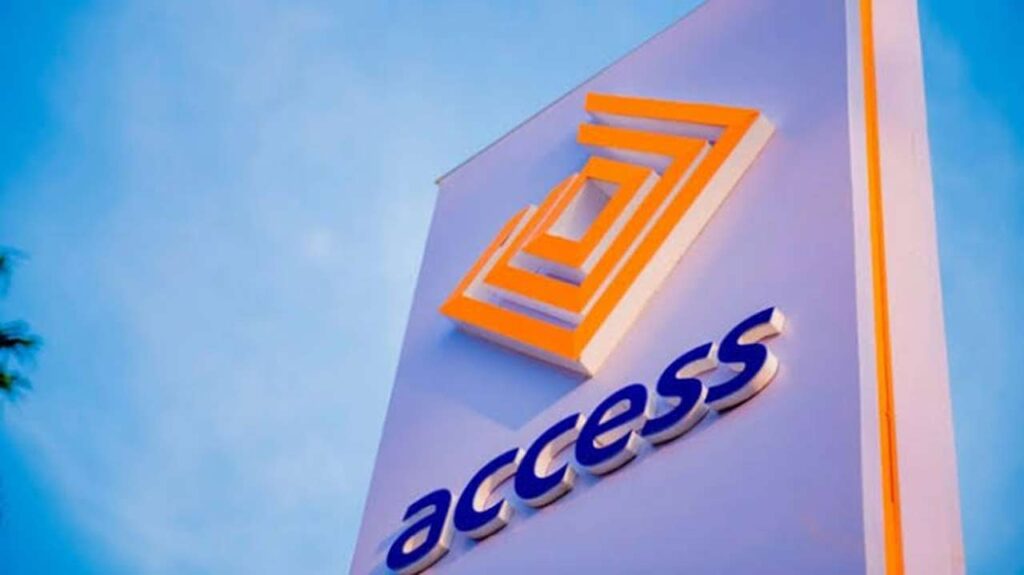
•As MTN lines up LEO satellite partners to boost inclusion
Elon Musk’s satellite company, SpaceX, has launched six Starlink satellites with direct-to-cell capability targeted at repositioning mobile communication globally.
Announcing the launch via X handle, yesterday, SpaceX said the six Starlink satellites will boost global connectivity and eliminate dead zones.
The firm said the service would start with texting, while voice, data and IoT services are expected to come on board next year.
Starlink said people will not need to change their phones when the service is launched as it will work with current 4G-enabled devices.
Giving more insight, Musk said the development would allow for mobile phone connectivity anywhere on Earth. He, however, noted that the satellite service would not compete with terrestrial mobile networks.
“Note that this only supports 7Mb per beam and the beams are very big, so while this is a great solution for locations with no cellular connectivity, it is not meaningfully competitive with existing terrestrial cellular networks,” Musk stated.
With the new satellites, Starlink is promising the world access to communication services anywhere in the world with this new proposition.
“Starlink satellites with Direct to Cell capabilities enable ubiquitous access to texting, calling, and browsing wherever you may be on land, lakes, or coastal waters,” the company said in a post on its website.
“Direct to Cell works with existing LTE phones wherever you can see the sky. No changes to hardware, firmware, or special apps are required, providing seamless access to text, voice, and data,” the company added.
Invariably and as the name suggests, direct-to-phone removes the need for ground stations to facilitate connectivity, though this is currently more limited than standard non-terrestrial network coverage.
Starlink, which also offers alternative satellite services, is one of several players targeting the direct-to-device market including Lynk Global and AST SpaceMobile.
Starlink currently operates in Nigeria and some African countries as one of the leading Internet Service Providers (ISPs). Though appears very costly, it has, however, not stopped to gain traction.
In a related development, MTN group is seeking to improve digital inclusion across Africa by exploring multiple partnerships with low-earth orbit (LEO) satellite companies, such as OneWeb and Elon Musk’s Starlink.
The operator announced it is “exploring the skies” in its bid to provide broadband coverage to 95 per cent of the population across its multimarket footprint by 2025 (from 88 per cent in 2022). In the longer term, it hopes to achieve “universal access” across its operations on the continent.
MTN sees LEO satellite constellations as a perfect fit for its ambitions, as their orbit trajectory at altitudes of between 160km and 2,000km makes for shorter orbital periods, which results in lower signal travel times and reduced latency.
However, the technical capabilities are not the only attractive feature of LEO satellites – the “sharp fall in the cost of launching 1kg of payload into space (from $85,000 in the 1980s to around S$1,000 now)” has also added to their allure.
MTN Group chief technology and information officer, Mazen Mroué, explained that MTN has focused on two “distinct yet complementary” LEO-based solutions for connectivity enhancement.
The first uses direct-to-cellular technology to augment network access in traditionally underserved regions. “Importantly, this technology is device-agnostic, ensuring compatibility with existing mobile units and requiring no special modifications,” Mroué said.
The second solution uses LEO satellites to deliver “critical” fixed connectivity to enterprise customers and backhaul connectivity for MTN cellular sites. “This is particularly relevant in remote and rural locations, where it offers a more affordable and efficient alternative,” he added.

